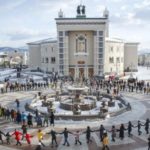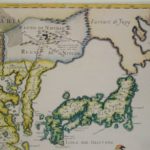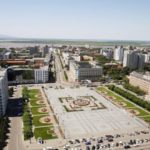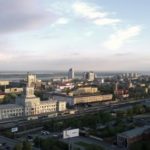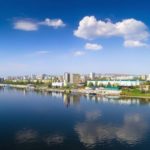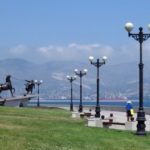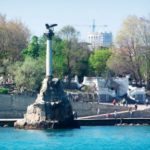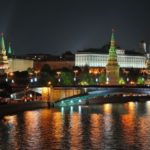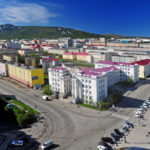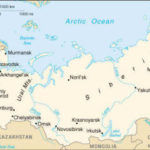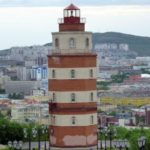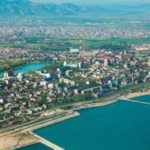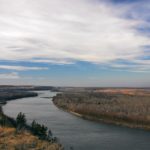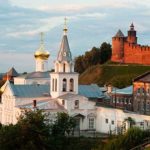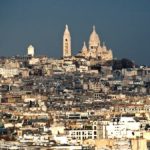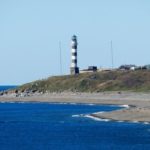Interesting facts about Vladivostok
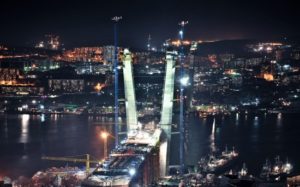 Vladivostok is a city of great importance for the entire Far Eastern part of Russia. This is an extremely important port, and a cultural center, and home to more than half a million people who live and work here. It is through the Vladivostok port that Russia receives a huge amount of goods from Japan and other neighboring countries. However, in addition to all this dry economy, Vladivostok can boast of another – the history of conquest of these lands, which it is literally soaked.
Vladivostok is a city of great importance for the entire Far Eastern part of Russia. This is an extremely important port, and a cultural center, and home to more than half a million people who live and work here. It is through the Vladivostok port that Russia receives a huge amount of goods from Japan and other neighboring countries. However, in addition to all this dry economy, Vladivostok can boast of another – the history of conquest of these lands, which it is literally soaked.
Vladivostok is one of the largest ports in the Far East, where the Russian Pacific fleet is based.
The name “Vladivostok”, by analogy with Vladikavkaz, was formed from a combination of two words – “own” and “East” (respectively, the second city symbolizes the possession of the Caucasus).
Vladivostok was founded as a military post, and the first civilian settler arrived there only a year later, in 1861. Officially, this settlement became a city in 20 years.
Vladivostok was a closed city for 40 years, until in 1992, President Boris Yeltsin took a special status from him and opened it to foreigners.
In 2012, the APEC summit took place on Russky Island, thanks to which the city received over $ 20 billion to update the infrastructure.
If the Earth was completely flat, the shortest distance from Vladivostok to Moscow would be almost 6.5 thousand kilometers. In reality, the capital and the Far Eastern port share 9288 kilometers along the Trans-Siberian Railway. Even the Australian city of Darwin is located closer to Vladivostok – between these cities about 6100 kilometers.
Russian meteorologists in 2013 named the Golden Horn Bay near Vladivostok the most polluted water area of Russia.
The natives of Vladivostok are the owner of the Nobel Prize in physics Igor Tamm, the winner of the Oscar, the American actor Yul Brynner, as well as the leader of the popular rock band Mumiy Troll Ilya Lagutenko.
Vladivostok is the leader among Russian cities in terms of the number of cars per city-dweller. The local fleet by the number of cars is inferior only to 4 megacities of the Russian Federation (Moscow, Petersburg, Yekaterinburg and Novosibirsk).
In Vladivostok there was no military action, so in the center of the city there was preserved an architectural ensemble representing all the main styles of the turn of the XIX-XX centuries.
The first person born in Vladivostok was the girl Nadia, who was born in late September 1863.
The bridge that connects Vladivostok with Russky Island is the biggest cable-stayed bridge in the world.
The C-56 submarine, now playing the role of a landmark on the Vladivostok Waterfront, for its “career” destroyed more than 10 ships during the Second World War.
In Vladivostok, the warmest month of the year is August.
In the city there is a Japanese Garden of stones, which was broken as a sign of strengthening the relationship between the Russian Federation and Japan.
In the Botanical Garden of Vladivostok, more than 1,500 species of flowers and plants, as well as over 400 dendrological exhibits, have been collected.
The unique marine reserve “Far Eastern” for Russia is home to thousands of species of fish, marine mammals, invertebrates and birds.
On the territory of Vladivostok could accommodate 163 Monaco or 752 Vatican.
Although in Vladivostok during the Second World War there was not a single battle, it was here that the first “Defense Fund” was created in the country, where local residents hurried to surrender all valuable property.
Vladivostok has become one of the main cities that are supposed to be integrated into the tourist route “Eastern Ring” of Russia.
